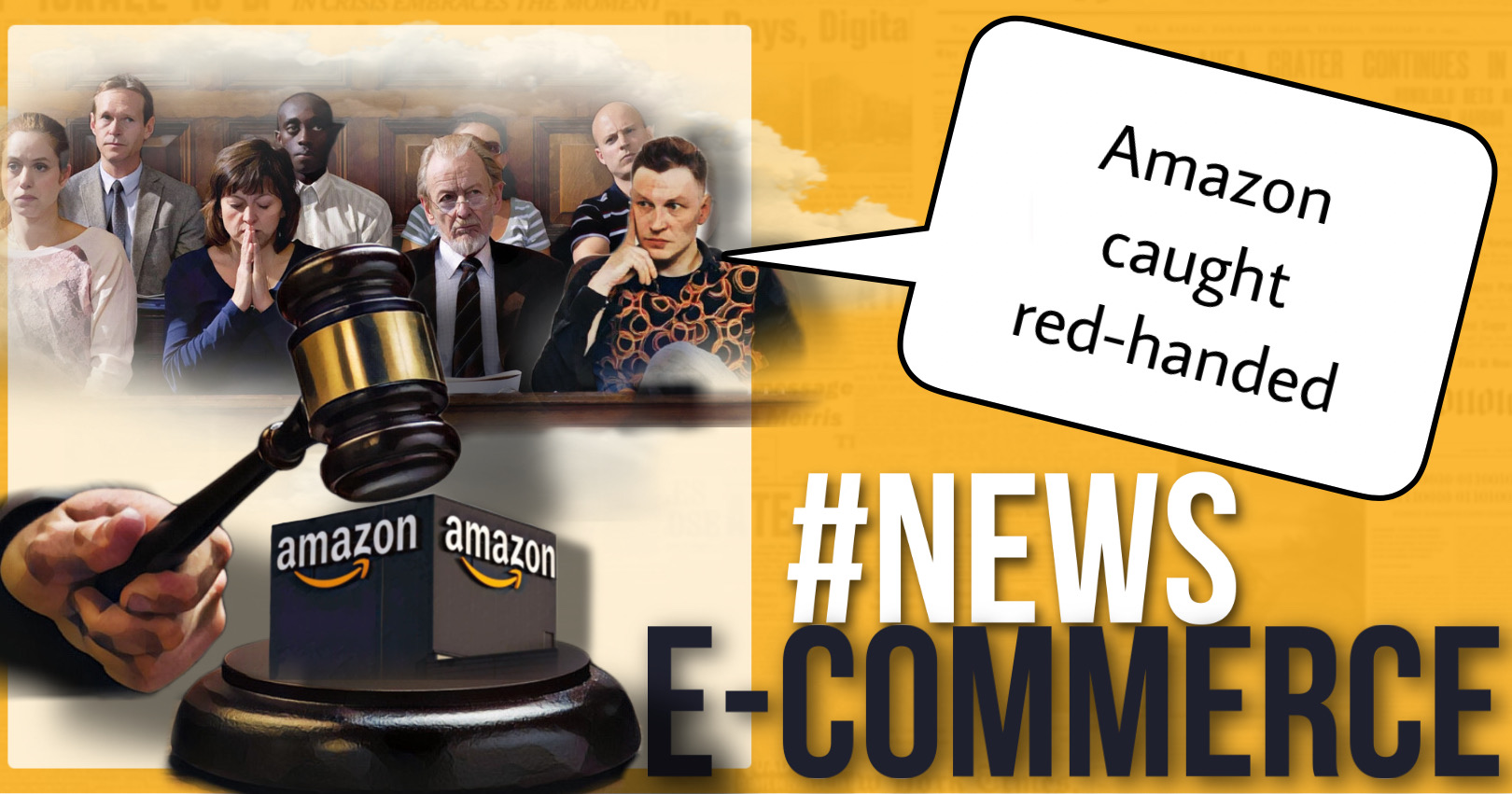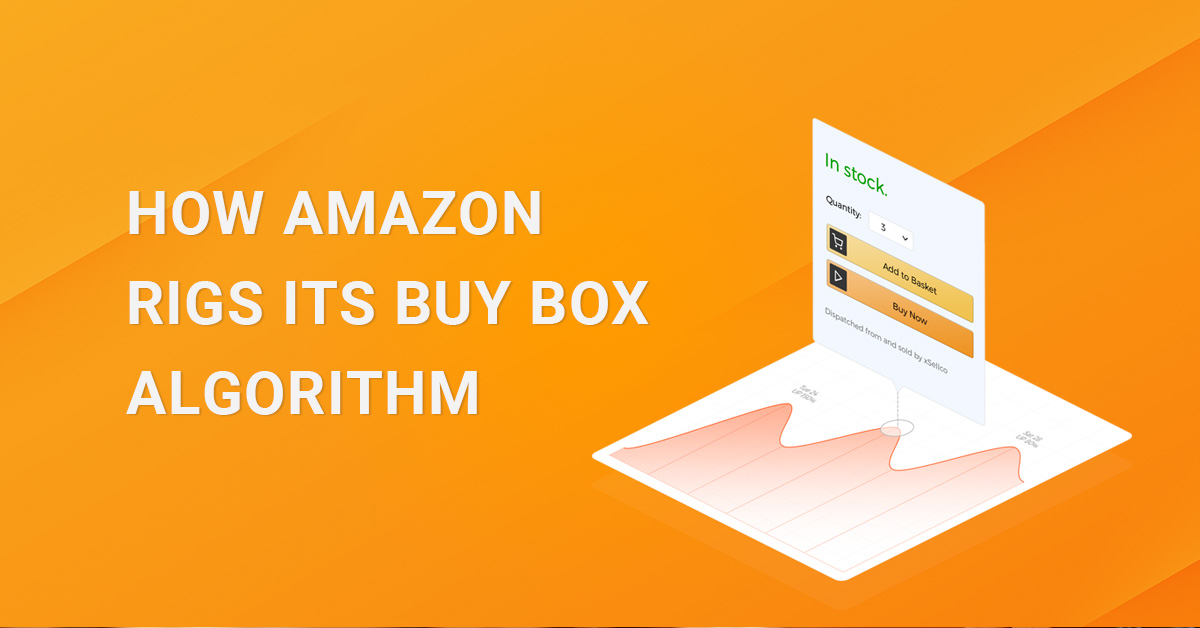Amazon uses “Buy Box” algorithm to its own advantage
For Amazon sellers winning the “Buy Box” is everything. While Amazon says it’s a neutral arbiter, there is ample evidence that the company uses its algorithm to deliver outcomes that further its own interests.
More than 80% of the time shoppers go with Amazon’s “Buy Box” winner. If they’re using a mobile device, that rises to more than 90%, writes Promarket.org.
Amazon insists that its Buy Box algorithm is a neutral arbiter designed to select the seller that best meets the needs of customers.
In fact, only a handful of people actually know how the Buy Box algorithm works and which factors it weighs. Even within Amazon, this is a closely guarded secret. Third-party sellers have no idea how they are being scored by Amazon’s secret formula, and the formula itself can abruptly change.
This uncertainty has spawned an industry of firms that sell insights and advice to sellers. One of the biggest is Feedvisor, which has identified more than a dozen variables that it believes are part of the recipe. These include such things as the seller’s customer feedback rating, shipping time, in-stock availability, on-time delivery rate, and sales volume. Some of these factors count more than others. The algorithm crunches the numbers continuously, like an endless auction, and gives the Buy Box to the seller who scores the highest.
All of this can make the Buy Box algorithm sound like an objective standard. But it’s not, for example when Amazon itself is among the sellers offering a particular product. Amazon “wins” the Buy Box with elevated frequency — even when it’s up against highly-rated sellers offering significantly lower prices.
According to Feedvisor and other firms that advise sellers, the reason for this is that Amazon has given itself a perfect score on the customer experience metrics that feed the algorithm. Amazon has, in effect, made itself immune from bad customer reviews.
By artificially giving itself perfect customer scores for every product it sells, Amazon can secure the Buy Box even with a higher price.
To be clear, Amazon’s objective isn’t to sell everything itself, but to maximize its power and earnings. In some cases, that means steering customers to its own offerings and making those sales itself. In other situations, the more profitable move for Amazon is to let a third-party have the order and collect its commission, which is 15 percent for most items, along with (in many cases) substantial fees for fulfillment, advertising, and other services.
More Amazon news

New antitrust bill to stop Amazon from harming third-party sellers
US senators against Amazon A bipartisan group of senators in the US has announced plans to introduce a new antitrust bill that could reshape Amazon and other online marketplaces. The proposed bill would prohibit platforms from requiring companies operating on their...

Amazon got caught copying products and manipulating search results
Amazon got caught cheating? Amazon has been repeatedly accused of copying third-party sellers’ products and then manipulating the search results to favor Amazon’s own brands. The company has denied the accusations. Reuters got access to internal Amazon documents...

China energy crisis wreaks havoc in the manufacturing sector
China in the dark Factories in China's busiest manufacturing provinces have been ordered to suspend production for up to a week or even longer, prompting concern global supplies of goods might be disrupted. China is in the midst of an energy crisis that has turned...


